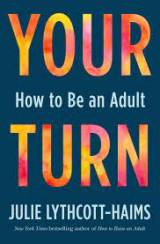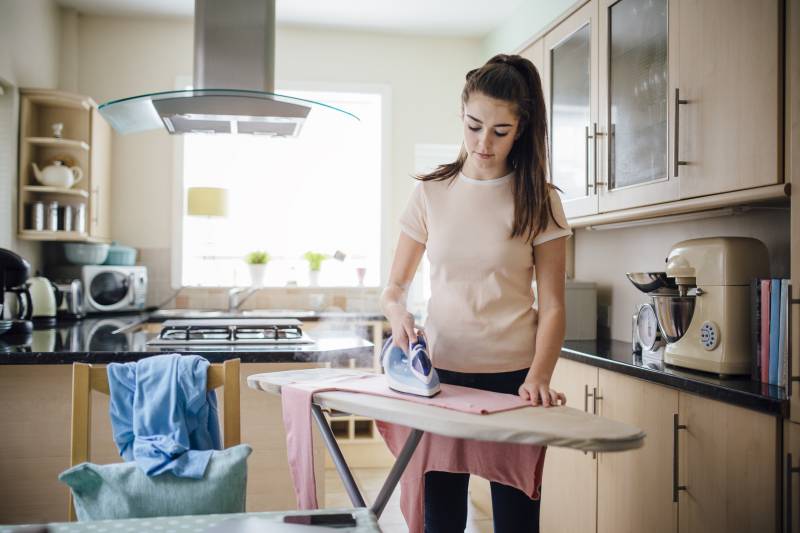Julie Lythcott-Haims stumbled on something troubling and surprising about the young adults in her midst. It started about twenty years ago, when she served as a dean at Stanford. There, in the company of some of the best and brightest strivers in the world, she found that many students relied upon parents to handle the run-of-the-mill stuff of life for them. Meanwhile, members of the Millennial generation more broadly were going on record as not knowing how to be adults, not wanting to be adults and finding adulthood scary. “Millennials self-identified as struggling,” Lythcott-Haims told me.
The malaise prompted her to write "Your Turn: How to be an Adult," a guide for burgeoning grown-ups. The book explores how and why contemporary young people are so jittery and, most important, what they (and the rest of us) can do to make adulthood attractive rather than an inevitable bummer.
“I don’t judge them,” Lythcott-Haims said quickly. If anyone’s to blame, it’s parents and other adults who have reared them with the message that danger lurks behind every corner and that Mom and Dad will do anything to rescue them from failure. Grown-ups have been so quick to scurry around and clear obstacles from their children’s path that many young adults, especially those from middle-class families and above, feel ill-equipped to manage on their own. Children from less privileged homes, it turns out, often grow up better prepared to enter adulthood because they’ve been less cossetted in childhood.
In "Your Turn," Lythcott-Haims—herself a recovering helicopter parent—speaks directly to young people who may be struggling. But implicit in her guidance for young adults is advice for their parents, teachers and coaches.
 Her advice to parents comes in many forms. First, she advises them to resist reproaching their offspring for being fearful or hesitant about entering adulthood. “You can’t blame them for the childhood they had,” she said. Young people need to hear that their parents believe in them. She also encourages parents to look inward, with the help of a therapist, if necessary, to investigate why they’d rather take heroic measures to help their children achieve than allow their kids to figure it out for themselves. “We have decided that our child’s outputs are a reflection of our own worth,” she said; mothers and fathers can’t help but hover and intervene when their kids’ accomplishments feel like a referendum on their standing as parents. Some blunt self-examination might help parents understand not only why they use the royal “we” when discussing their kids’ upcoming tests—“we have a mid-term next week”—but also how this mindset hurts kids. “We mustn’t let our worries, fears and egos impede our children’s progress,” Lythcott-Haims added. There’s a correlation between over-parenting on the one hand, and the collapse of executive function skills, and increase in depression and anxiety among young people, on the other.
Her advice to parents comes in many forms. First, she advises them to resist reproaching their offspring for being fearful or hesitant about entering adulthood. “You can’t blame them for the childhood they had,” she said. Young people need to hear that their parents believe in them. She also encourages parents to look inward, with the help of a therapist, if necessary, to investigate why they’d rather take heroic measures to help their children achieve than allow their kids to figure it out for themselves. “We have decided that our child’s outputs are a reflection of our own worth,” she said; mothers and fathers can’t help but hover and intervene when their kids’ accomplishments feel like a referendum on their standing as parents. Some blunt self-examination might help parents understand not only why they use the royal “we” when discussing their kids’ upcoming tests—“we have a mid-term next week”—but also how this mindset hurts kids. “We mustn’t let our worries, fears and egos impede our children’s progress,” Lythcott-Haims added. There’s a correlation between over-parenting on the one hand, and the collapse of executive function skills, and increase in depression and anxiety among young people, on the other.


